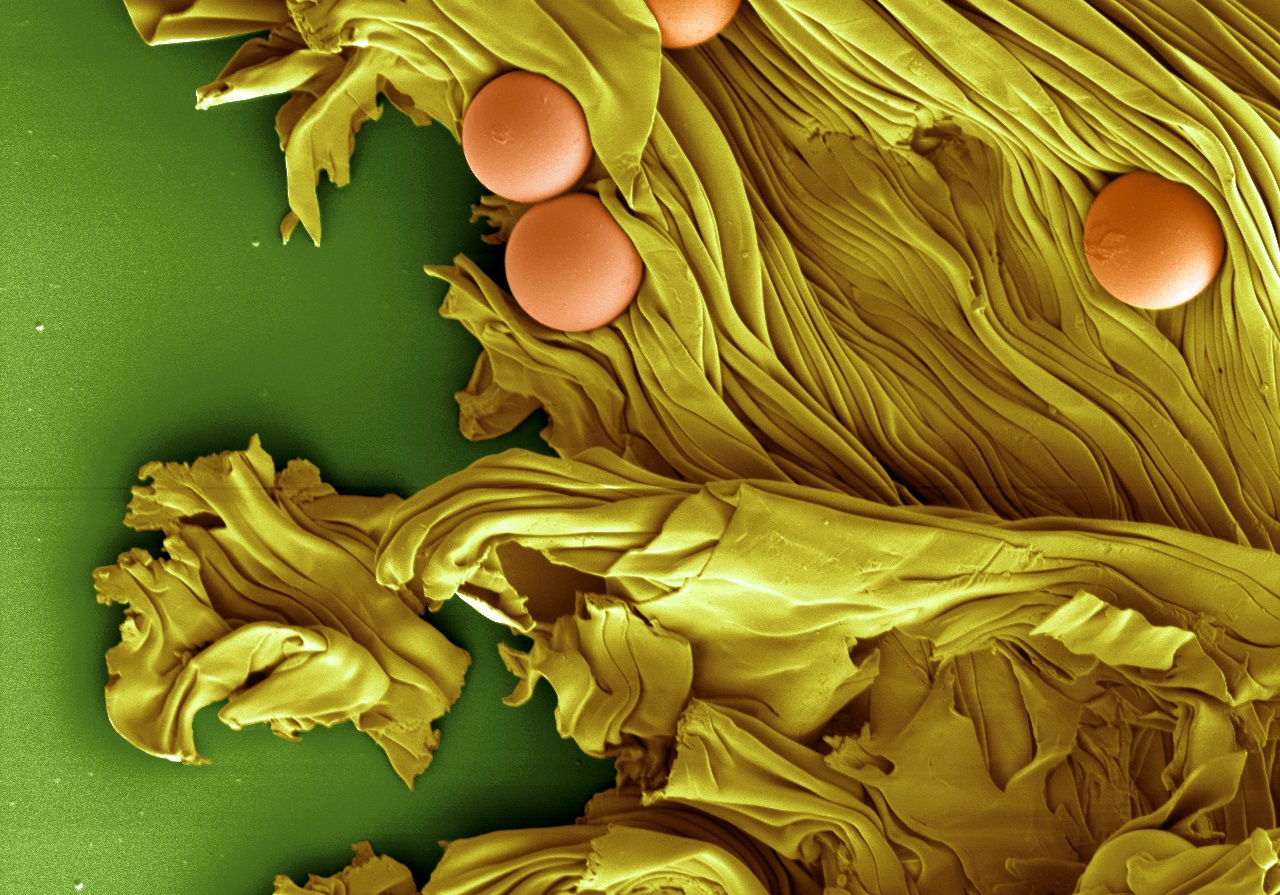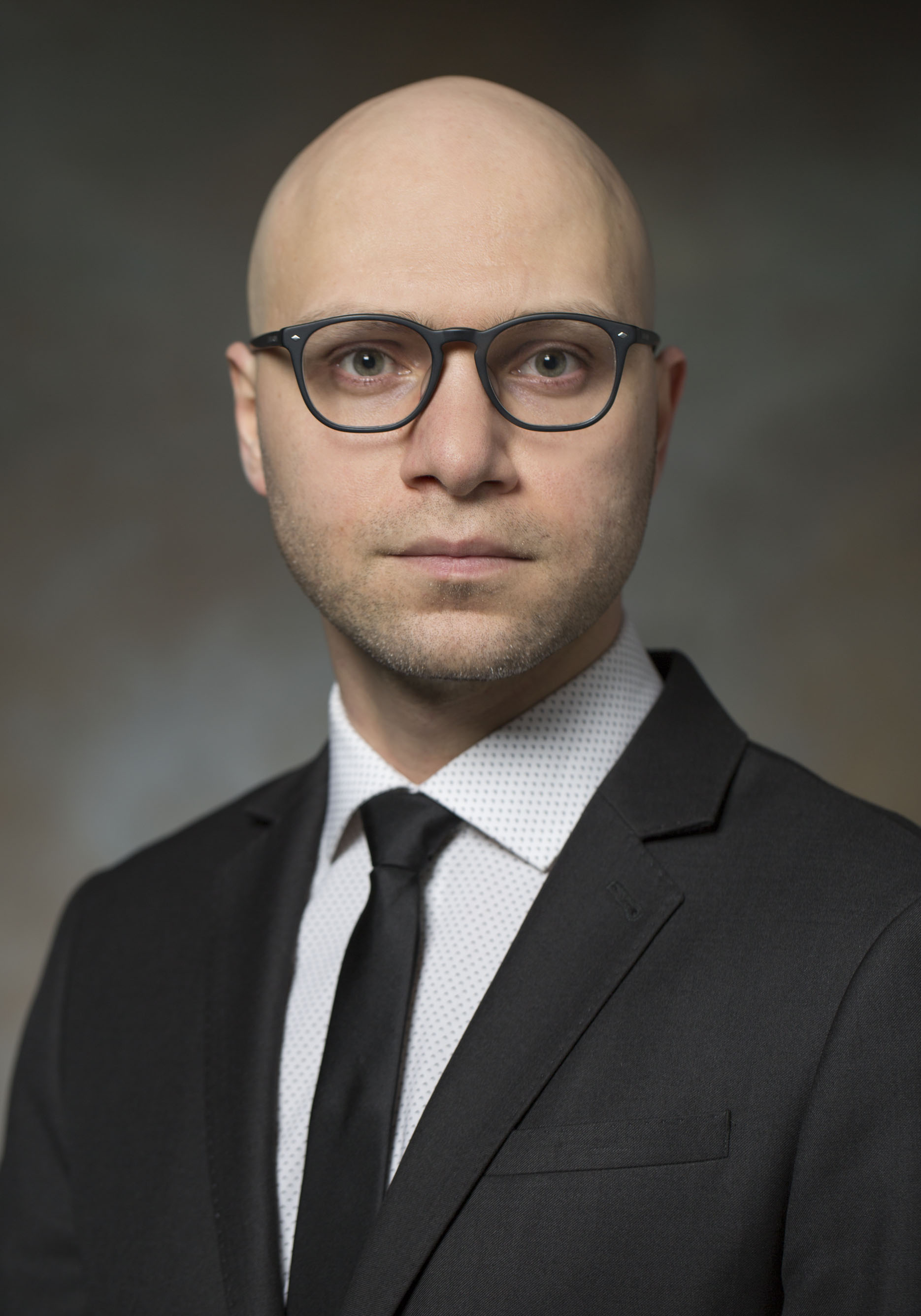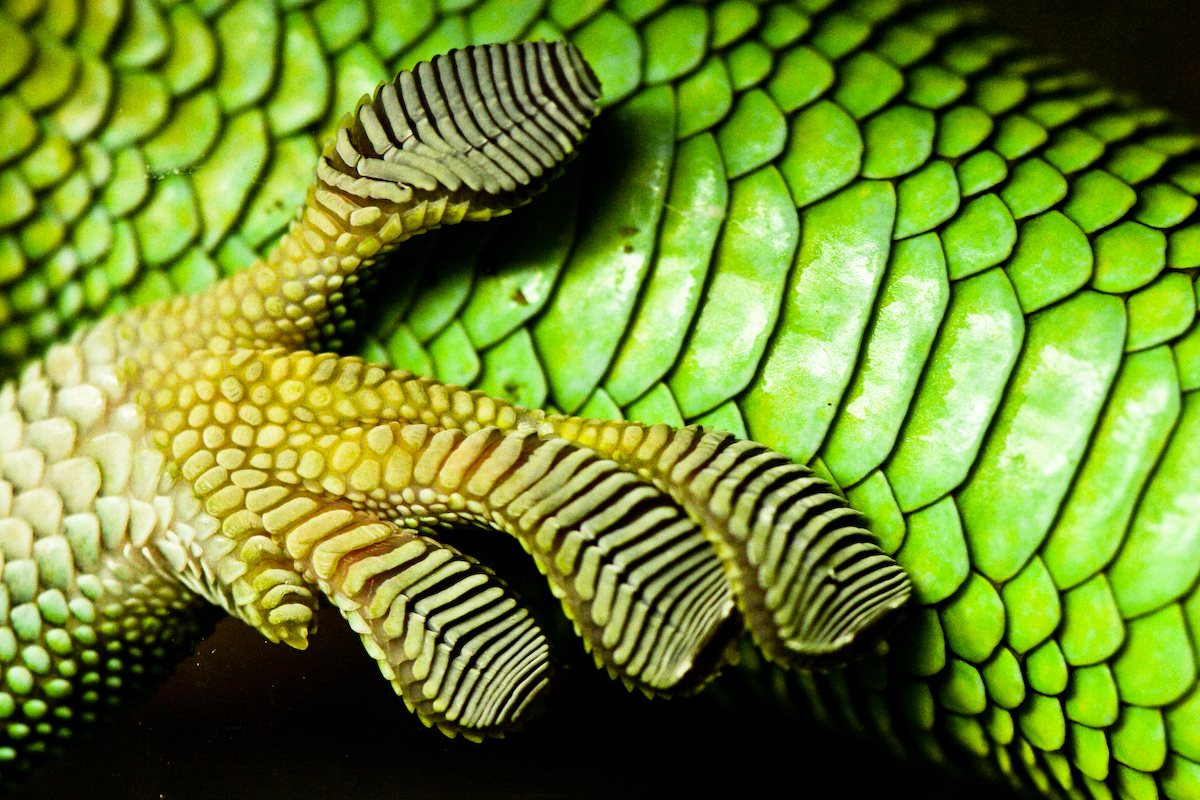The purpose of art is washing the dust of daily life off our souls. – Pablo Picasso
Dust. Formed from particles in the atmosphere weathered from sources as varied as soil, shed skin cells, paper fibers, and burnt meteorite particles, it can be found almost anywhere on Earth — and often where we don’t want it. While dust is the bane of humanity during spring cleaning, it also causes problems for art conservators trying to restore fine art and artifacts to their original state. Many cleaning methods that effectively remove dust run the risk of damaging sensitive patinas underneath.
Researchers at the Vanderlick Lab at Yale have found a novel way to clean dust from solid surfaces, using modified materials inspired by, of all things, gecko feet. Their study demonstrated that the material they developed — a thin polymer layer comprised of millions of microscopic columns — effectively cleans dust from almost any solid surface. The new material shows promise not only for thoroughly and nondestructively cleaning artwork, but also for removing dust from sensitive surfaces in fields like electronics and medical implants where pristine surfaces are highly desirable.
Building bridges
The Vanderlick Lab was looking to design a project for art conservation.
“My general research area, which I’ve been in for decades, has been related to interfaces, thin films, and properties related to surfaces,” said T. Kyle Vanderlick, Dean of the Yale School of Engineering and Applied Science (SEAS) and principal investigator of the lab that produced the paper. “Many of those problems related to art preservation are problems related to surfaces — the chemistry and physics of surfaces — and so there’s a natural connection to my research interests.”

As the Dean of SEAS, Vanderlick was interested in showing how engineering could connect to different parts of campus and the various fields of study they represent. “I believe engineering is a real connector, a real bridge between science and the humanities, science and the arts, and so on,” Vanderlick said. With that in mind, she hired a post-doctoral fellow, Hadi Izadi, who had experience in research related to surfaces.
The Institute for the Preservation of Cultural Heritage (IPCH) on West Campus played a pivotal role in linking the engineering lab to the conservation work being performed in galleries and museums across campus. The IPCH put Izadi in touch with conservators with whom he could collaborate in developing a project.
“The IPCH is a group of conservation scientists, scientists who have been working on art and conservation problems, and in that way we speak both languages,” said Paul Whitmore, senior research scientist and chemistry and director of the Aging Diagnostics Lab at IPCH. “We speak both the language of conservation and art history and the language of the scientist and the technical expert.” Though sometimes the IPCH provides technical expertise, other times the scientists reach out to those in various other fields to collaborate on projects, acting as both matchmakers and advisors and bridging the gaps between research being done in the sciences and the arts, according to Whitmore.
With the aid of the IPCH, Izadi collaborated directly with art conservators from various art galleries across campus. “I went and visited many different museums on campus. I went to the British Art Museum, I went to the Art Gallery, and I went to the Peabody,” Izadi said. Izadi discussed different problems with art conservation that conservators were having with their everyday work and collaborated directly with them on projects aimed at using materials science to produce new technologies and methods to make art conservation easier and more efficient.
Geckos at the get-go
Izadi’s background in materials science and research in surface properties included studies on the properties of gecko-inspired adhesives. Geckos, with their ability to climb almost any surface — even glass placed at almost a 90-degree angle — have long been a source of fascination for scientists and engineers. The ridged pads of gecko feet are covered by tiny hair-like structures called setae, which then branch into nanoscopic tips called septulae. The millions of septulae on a gecko’s foot allow it to adhere even to very smooth surfaces via electrostatic intermolecular interactions.

“During my PhD research, I [realized] one thing about gecko-inspired adhesives is that this kind of material gets a large amount of surface charge when it touches other materials,” Izadi said. “When you rub a balloon against your hair, it’s the same mechanism.”
Particles as small as dust are also easily affected by electric charges and the resulting electrostatic interactions, so Izadi was drawn to the possibility of using adhesives modeled after the properties of gecko feet. Using polydimethylsiloxane (PDMS), a soft polymer, he created a thin film covered in microfibrils: slender, microscopic columns similar to the hair-like septulae on a gecko’s foot. The PDMS film was then placed against a layer of polymethyl methacrylate (PMMA) substrate covered in silica particles — stand-ins for dust — only a few micrometers in diameter. The researchers then separated the layers and analyzed the amount of silica particles left on the PMMA layer. While flat, unstructured PDMS films removed the silica particles poorly from the PMMA layer, the gecko foot structure of the microfibril-covered films cleaned off almost all of the simulated dust.
PDMS is ideal for cleaning because it is a soft polymer, Izadi said, meaning that it can develop a large surface area of contact with dust particles, maximizing the adhesion force between the silica and the film and therefore effectively removing the “dust.” The use of PMMA, the base material in acrylic painting, helped serve as an early indicator for whether or not the PDMS film could be effective in cleaning artwork containing acrylic paint.
In modifying the PDMS film, the research group actually moved away from the traditional model of a gecko-inspired adhesive, which is exactly that: adhesive. Gecko adhesives are actually very similar to Scotch tape, which forms physical bonds with surfaces. However, the soft, “sticky” layer of microfibrils in Scotch tape is damaged when it is pulled away from the surface. Additionally, when most gecko-inspired adhesives are brought into contact with a surface, or substrate, they remove not only dust particles, but also parts of the surface itself. For objects as sensitive and delicate as artwork or artifacts, both the stickiness of traditional gecko-inspired adhesives and their inability to be reused is problematic. In that sense, the film developed by the research group is more than a gecko-inspired adhesive, because, while it incorporates the same microfibrillary structure, it does not stick to surfaces and can effectively remove dust from a surface nine times its size, making it perfect for the delicate job of cleaning artwork.
Making a clean sweep

The success of the modified PDMS as a duster was surprising to Izadi, who hadn’t expected it to become so popular so quickly. He attributes the effectiveness of the method to its simplicity. “[Our method is] faster, more accurate, and much cheaper than the other methods,” Izadi said. “You just need one simple roller, a hand roller, that you can just […] drag over the surface, and it can completely clean up all dust particles.” Other methods of removing dust often require large machinery, such as laser cleaners or ultrasonic baths. While effective at removing dust, these methods are expensive and risk damaging sensitive materials.
Future directions for this research include refining the material so it can remove smaller particles and particles of different shapes. Currently, the PDMS film can effectively clean particles between 10 micrometers and 200 nanometers in diameter, but the ultimate goal is to remove particles smaller than 100 nanometers. In other words, the researchers’ method can already effectively clear a material of particles at the very boundaries of light microscopy, since visible light wavelengths only extend to about 400 nanometers. To achieve the scientists’ goals, the film must be able to remove particles the size of a single HIV virus or smaller. Thus far, the film only removes spherical particles. The researchers hope to eventually be able to remove dust of all shapes to provide an even more thorough clean.
The partnership between conservators and academic scientists remains essential in continuing the project, as conservators are helping the researchers design projects in which the effectiveness of the film can be tested on surfaces similar to those of actual artwork, rather than just PMMA. This collaboration between conservators and scientists in this project was part of what made it so extraordinary, both Izadi and Vanderlick emphasized. Like the microfibrils, the close-knit structure of research communities at Yale allows for meaningful interactions across various fields. Yale’s big impact, despite its small size, is precisely due to its extraordinarily collaborative and interdisciplinary nature, Vanderlick said.
Further Reading: Izadi, H. “Removal of Particulate Contamination from Solid Surfaces Using Polymeric Micropillars.” American Chemical Society, vol. 8, no. 26, 2016.
About the Author: Andrea Ouyang is a sophomore and prospective MCDB major in Davenport College.
Acknowledgements: The author would like to thank Dean T. Kyle Vanderlick and Drs. Hadi Izadi and Paul Whitmore for their time and enthusiasm about their research.
Cover image: Gecko feet are highly specialized models of electrostatic intermolecular interactions, which allow them to scale almost-vertical surfaces that are as smooth as glass. Image courtesy of nanoday.com

